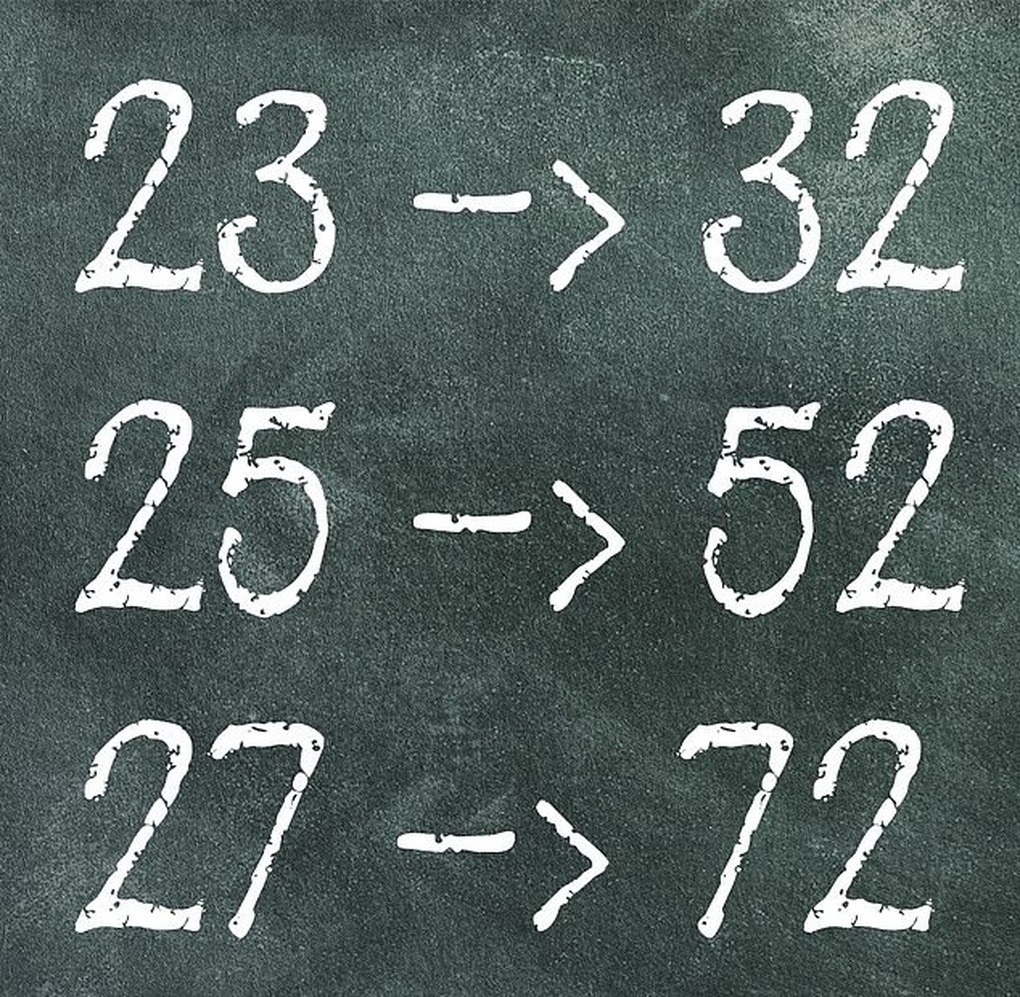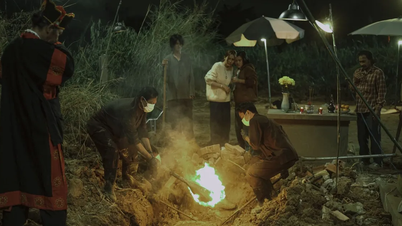(Dan Tri Newspaper) - A simple math problem testing mathematical skills and pattern recognition abilities is baffling netizens. Can you solve this problem?
A math problem is currently trending online, requiring those who want to solve it to identify the pattern in a series of numbers that doesn't follow conventional arithmetic rules. The problem demands creative thinking to find the correct pattern.
At first glance, the problem looks like four basic addition problems, with three already given results, leaving only one unsolved. But these are not ordinary addition problems, because the three given results are clearly incorrect, according to the rules of addition we learned in elementary school.

This math problem is causing a sensation on social media (Photo: DM).
Therefore, the key to solving this math puzzle isn't finding the correct answer, but rather discovering the pattern that generates the "incorrect answer" that is actually correct for this particular problem. To do that, you need to recognize the commonality between the numbers before and after the "=" sign. Try solving this problem; what is your answer?
---
Solution
This puzzle started circulating on social media after an account named Bholanath Dutta shared it on the X platform earlier this week. Hundreds of people commented on Dutta's post, but only a few found the correct answer.
Many people, even without giving the correct answer, have grasped some of the underlying rules; they just haven't applied them correctly.
The first step in uncovering the hidden pattern in these additions is to identify the commonality among the numbers.
Many of you have probably noticed that each number after the "=" sign is 20 units greater than the number before it:
32 + 20 = 52
52 + 20 = 72
If we follow this rule, the answer we're looking for would be 92. Many people give this answer, but there's a crucial flaw in this reasoning. That is, they've overlooked the commonality of the numbers to the left of the "=" sign.
Look closely, and you'll see another pattern. Specifically, the numbers to the left of the "=" sign in the first three additions are written in the following order: 11 and 12, 12 and 13, and 13 and 14.
The "trap" regarding the rule lies here. The addition in the fourth row breaks this rule; instead of writing "14 + 15", the addition in the fourth row jumps straight to "15 + 16". Many people realize this and give the answer 112 .
They reasoned that this was a leap year addition, so they needed to add 40 units to the number 72 to get the answer 112. But this was still not the correct answer.
The rule for accurate calculation is... calculate it the conventional way:
11 + 12 = 23
12 + 13 = 25
13 + 14 = 27
15 + 16 = 31
Have you noticed the pattern yet? The correct results of the first three additions all have two digits that are exactly the same as the number that appears after the "=" sign, only in reverse order.
Specifically:
23 was reversed to 32
25 was reversed to 52
27 was reversed to 72

The correct result of the three additions is written in reverse order; this is the key logic of the problem (Image: DM).
Applying this rule to the fourth addition, we have:
15 + 16 = 31
Reversing the number 31 gives us the number 13.
So the correct answer to this problem is 13 .

The desired result of the "brain-twisting" problem (Image: DM).
The hidden calculation rule in this puzzle is: Add the two numbers to the left of the "=" sign, then reverse the digits of the sum to get the result to the right of the "=" sign.
Source: https://dantri.com.vn/giao-duc/cong-dong-mang-phat-sot-voi-bai-toan-chi-toan-phep-cong-ma-gay-xoan-nao-20250320113006716.htm
















































































































Comment (0)